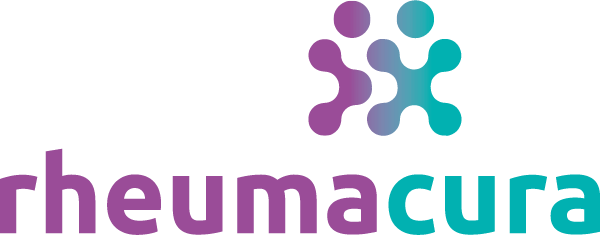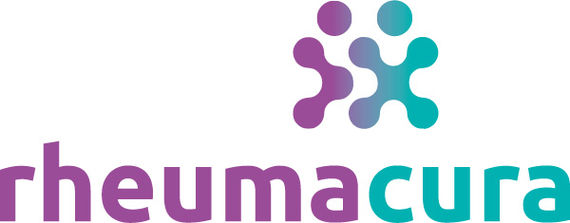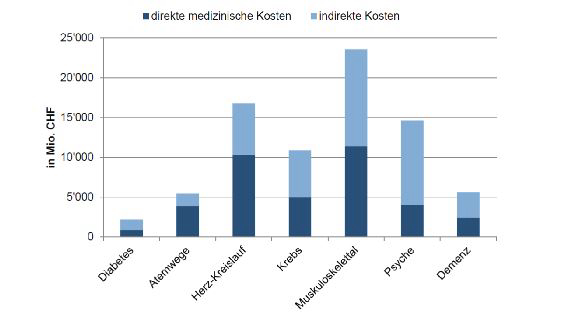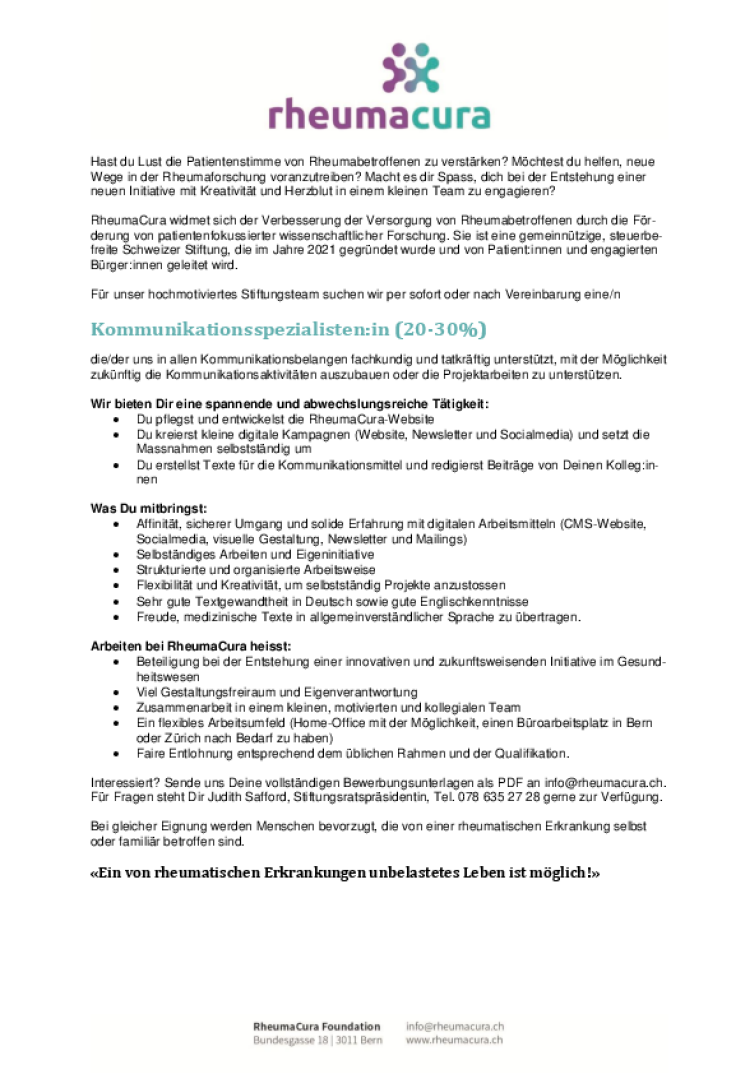What they are?
Rheumatic and musculoskeletal diseases is a collective term for different bone and joint diseases. There are about 150 different conditions, which can be divided into four categories: degenerative, inflammatory, soft-tissue and bone diseases. They affect people of all ages, sexes and races. Many of these diseases run in families. Most can be treated to relieve the symptoms or slow the progress of the disease, but rheumatic and musculoskeletal diseases cannot at present be cured.
Rheumatic and musculoskeletal diseases primarily express themselves as aches and pains in or around the joints. These are generally caused by inflammation or degenerative damage, which means that the affected joint cannot move smoothly as it should and causes pain, stiffness and swelling. The symptoms may stay the same for years, or they may get worse over time. Severe forms lead to chronic pain, the inability to do normal activities or work, and permanent, irreversible joint changes. These changes may be visible, such as knobby finger joints or a bent spine, but often the damage can only be seen on X-ray. Some forms also affect the heart, eyes, lungs, kidneys and skin as well as the joints.
The most well-known form is Osteoarthritis, which is a degenerative disease leading to joint destruction and disability. Examples of inflammatory forms of arthritis are rheumatoid arthritis, axial spondyloarthritis and psoriatic arthritis, forms of vasculitis such as Scleroderma or Lupus, and gout. Soft tissue rheumatism includes the Fibromyalgia-syndrome. The most common bone disease is Osteoporosis. The University of Zürich has summarised the most common forms in a chart.
If you are looking for detailed information on specifics diseases, please refer to the information page where we provide links to reliable information sources.
Rheumatic and musculoskeletal disorders are the leading contributor to disability worldwide. It is estimated that over 2 million people in Switzerland, or ¼ of the population suffer from one of these diseases. According to WHO statistics this is consistent with rates observed in other Western countries. Most rheumatic and musculoskeletal disorders are more common among women and some, such as Osteoarthritis, become more frequent as people get older. Therefore, as the Swiss population ages, their incidence is increasing. However, it is a mistaken belief that RMDs are only a concern to older generations. Rheumatoid arthritis and Spondyloarthritis each affect between 70'000-150'000 people of all ages. About 5’000 children under 16 suffer from forms of Juvenile Arthritis and other disorders an also start in childhood or early adulthood. Due to their diverse symptoms and a lack of understanding of their complexity, exact diagnosis is often difficult, and patients may wait many years for recognition of their disease and appropriate treatment.
The exact number of people affected by a rheumatic and musculoskeletal disease is therefore not known. An important proxy for the burden of disease in society are their financial costs. Studies have shown that these diseases result in the highest total health costs of all non-communicable diseases in Switzerland: of up to CHF 23 bn annually according to government estimates for 2011.



